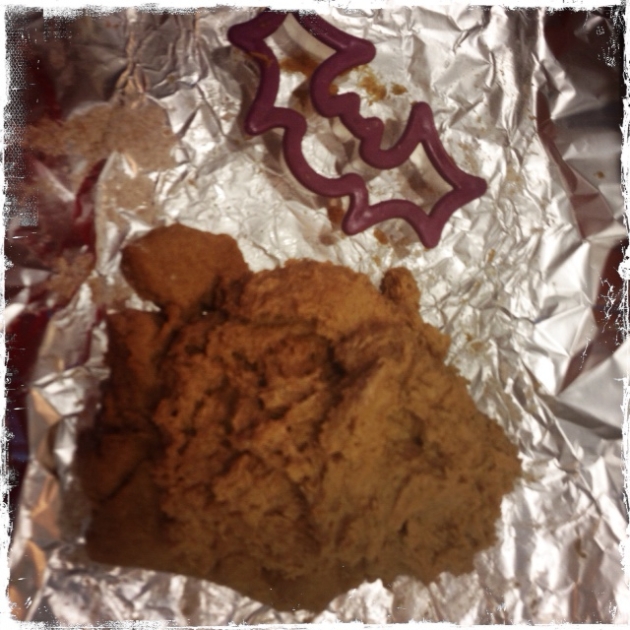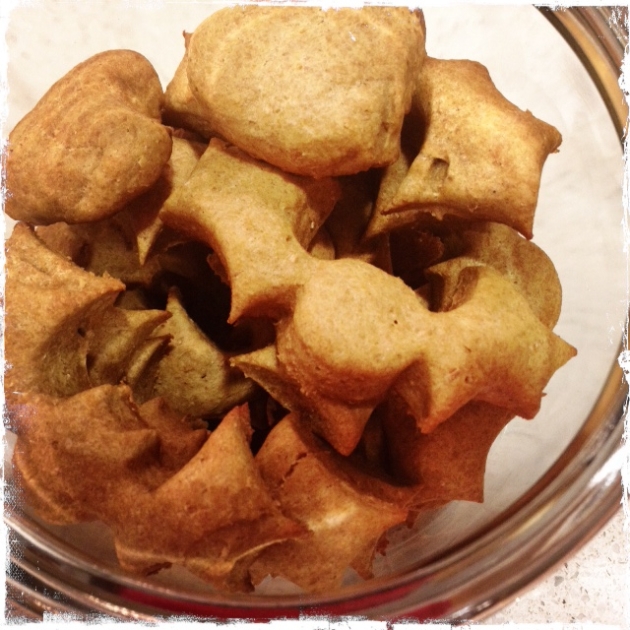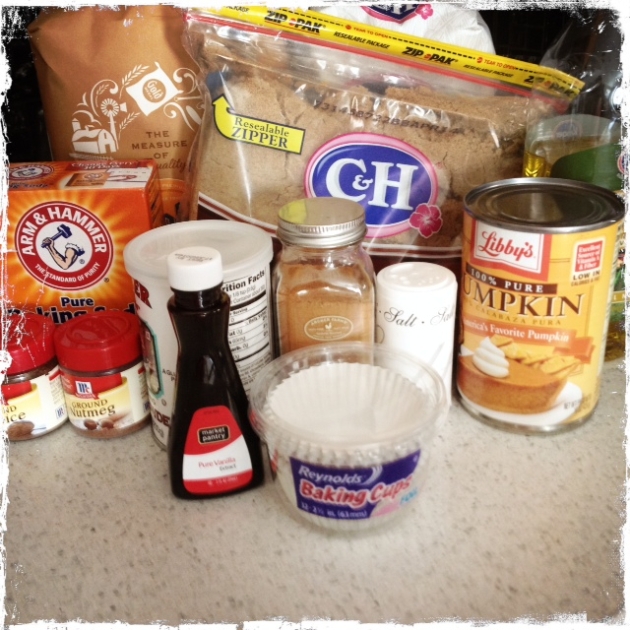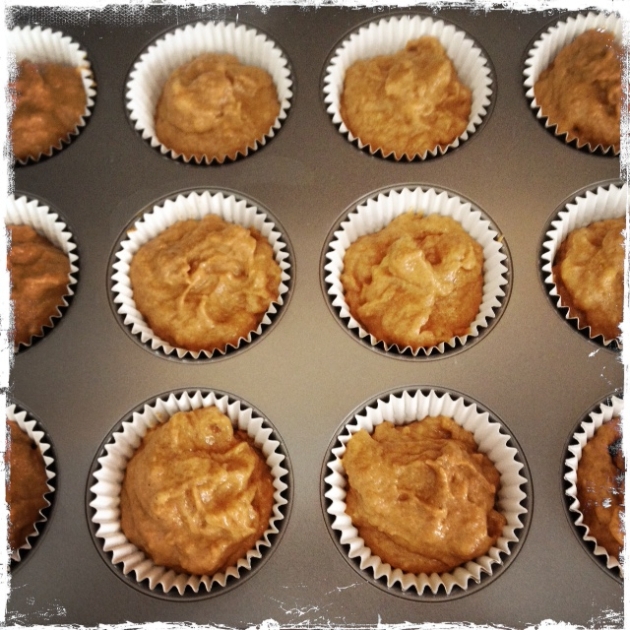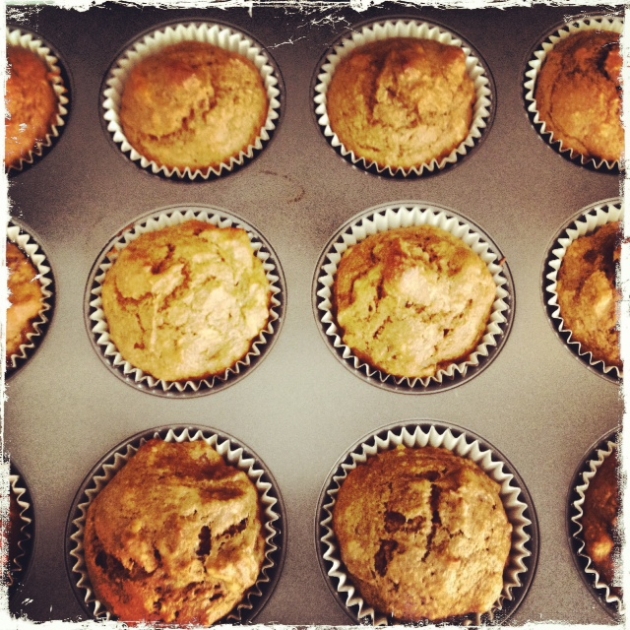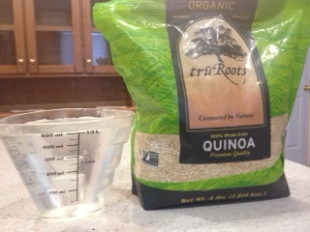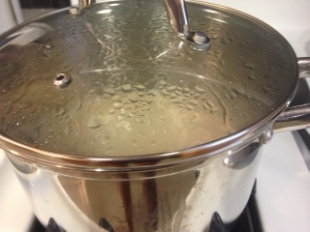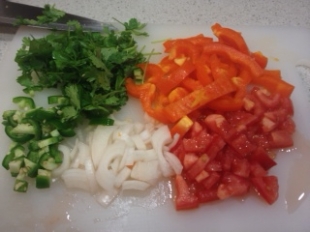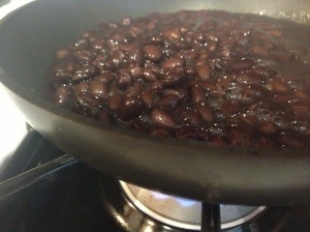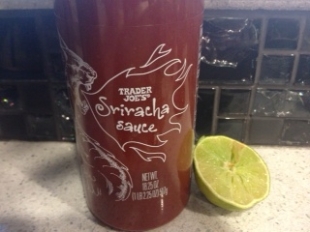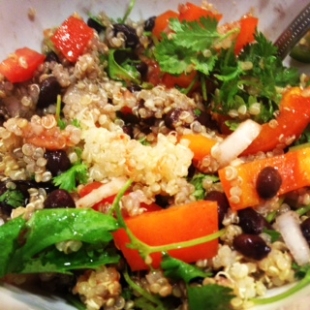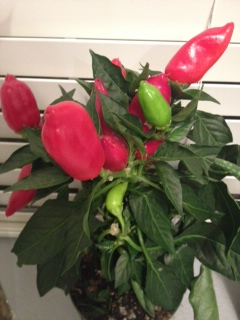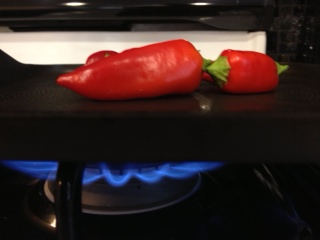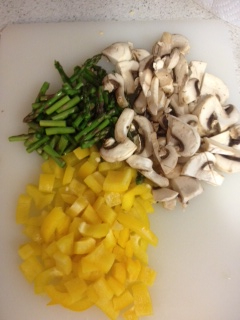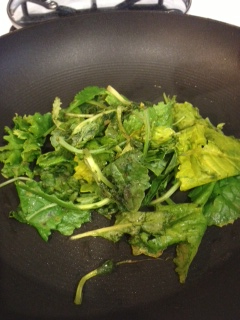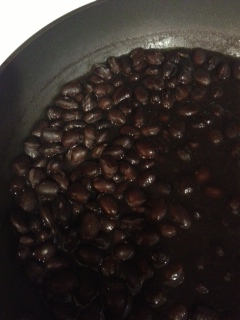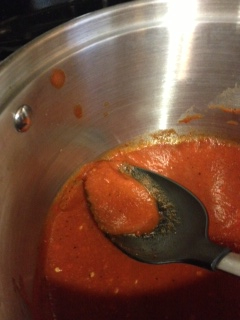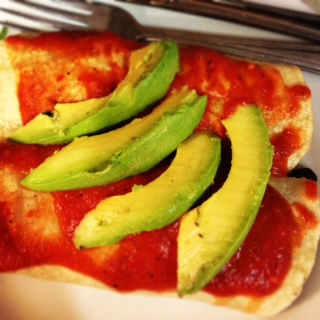After making my pumpkin & banana walnut muffins, Charlie started craving some of his own vegan treats. I found this amazing recipe online for vegan pumpkin and peanut butter dog biscuits.
Here is a list of ingredients that she used:
-2 cups whole wheat flour
-1 tbsp baking powder
-1 cup peanut butter (creamy, dogs might choke on crunchy)
-1/2 cup pumpkin puree (canned or fresh — not pumpkin pie mix)
-1 cup non-dairy milk (I used almond)
There are a few things to note. It’s better to use unsalted and organic peanut butter. Peanut butter is good for your dog’s coat. Check this article out.
Also, dogs can’t have regular milk and they also can’t have too much sugar. Use plain soy milk or almond milk.
One of the best parts about this treat is that pumpkin puree is really good for dogs.
“Pumpkin is a superfood for dogs. It provides vitamins, trace minerals and fiber, and can help control digestive problems. Most dogs like it, and some have been known to attack a jack-o-lantern to get it.” –The Daily Puppy
First preheat the oven to 350 F and place a rack in the center of the oven. Lightly grease a baking sheet. Set aside.
In a large bowl, combine the flour and baking powder and then combine the peanut butter, pumpkin, and non-dairy milk. Add the flour mixture, and mix well.
Knead the dough two to three times on a lightly floured surface. With a rolling pin, roll the dough out about 1/4 inch in thickness and cut out shapes with a cookie cutter. In the spirit of Halloween (it’s never too early to celebrate Halloween) I used a bat.
Bake for 20 – 25 minutes until lightly browned.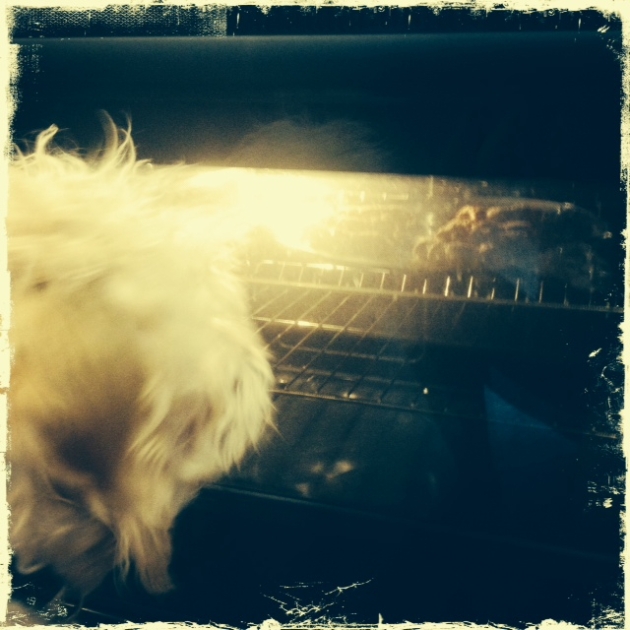
Charlie is really excited for his treats to finish baking.
Remove from oven and cool on a wire rack.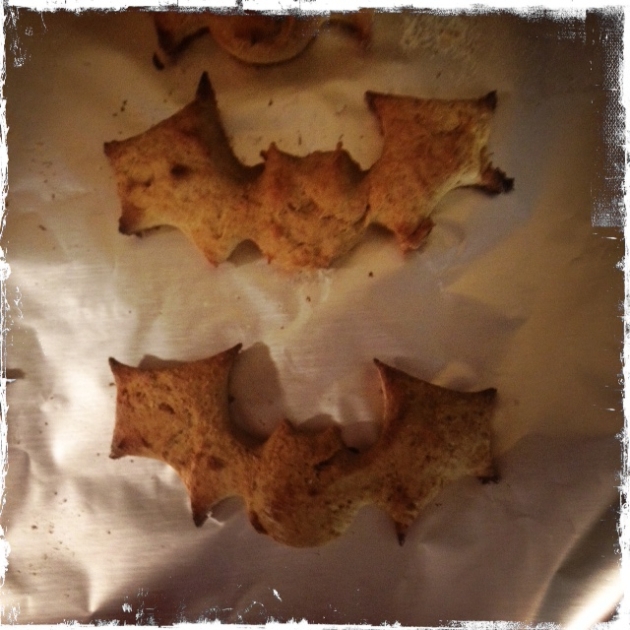
Halloween bats!
Store in an airtight container.
And once the biscuits are cooled off reward your special friend!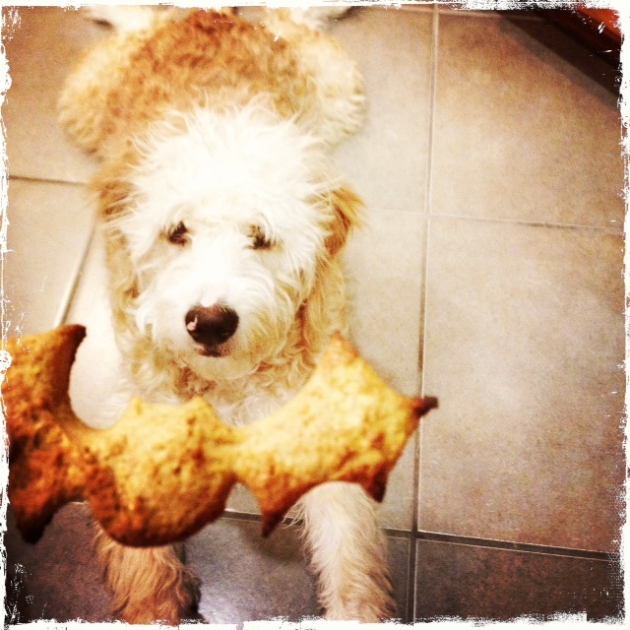
Charlie loved these!
***Note: I made a few minor changes to the recipe.
